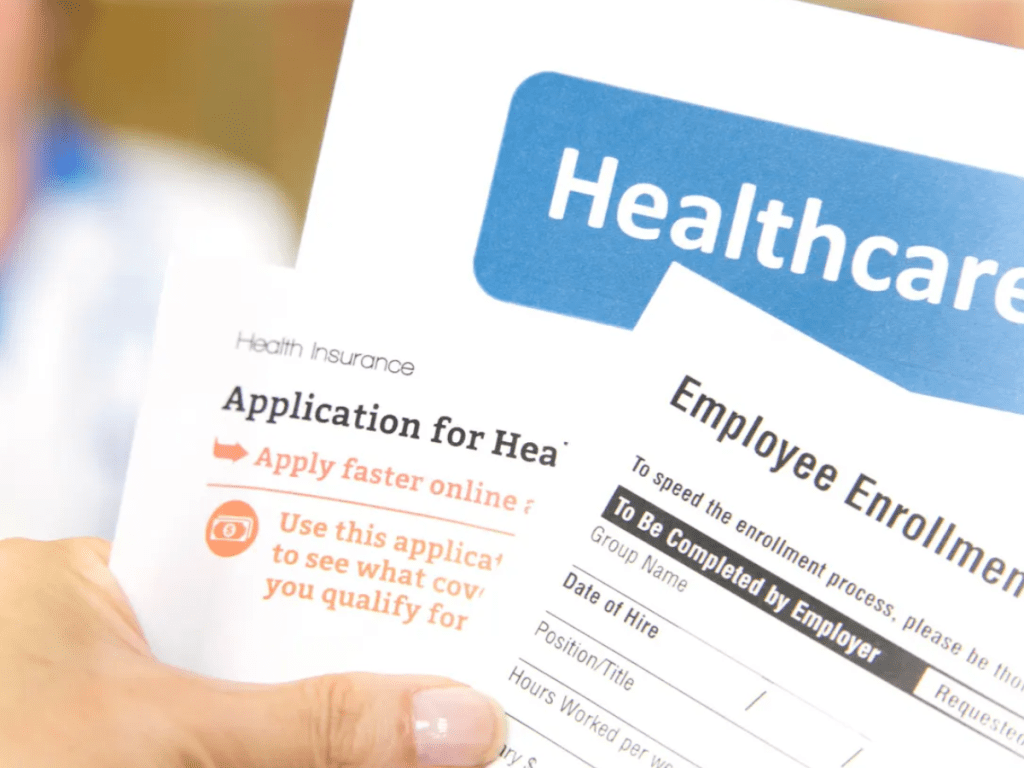Introduction
Health insurance is an essential tool for financial security and access to medical care, yet many policyholders struggle to understand the complex terminology associated with their plans. The industry is filled with jargon that can confuse even the most diligent individuals. Deciphering these terms is crucial to making informed decisions about coverage, claims, and out-of-pocket costs. This guide breaks down key health insurance terms, helping you navigate your policy with confidence.
Understanding Premiums and Deductibles
The most common terms in health insurance are premium and deductible. The premium is the amount you pay periodically—monthly, quarterly, or annually—to maintain your health insurance coverage. A higher premium typically means better coverage and lower out-of-pocket costs when you receive medical services.
The deductible is the amount you must pay out-of-pocket before your insurance coverage kicks in. For example, if your deductible is $1,500, you must spend that amount on covered healthcare expenses before your insurer starts paying a share. High-deductible plans often have lower premiums, while low-deductible plans tend to have higher premiums.
Copayments and Coinsurance Explained
Many people confuse copayments (copays) and coinsurance, yet they serve different purposes. A copayment is a fixed fee you pay for a specific medical service. For example, if your copay for a doctor’s visit is $30, you pay that amount upfront, regardless of the actual cost of the visit.
Coinsurance, on the other hand, is the percentage of costs you share with your insurer after meeting your deductible. If your plan has an 80/20 coinsurance rate, your insurer covers 80% of the approved medical bill while you are responsible for the remaining 20%. Coinsurance applies primarily to major medical expenses such as hospital stays or surgeries.
Out-of-Pocket Maximum and Coverage Limits
Every health insurance plan has an out-of-pocket maximum, which is the most you will pay in a year for covered medical services. Once you reach this limit, your insurance pays 100% of covered costs for the remainder of the year. This amount includes deductibles, copayments, and coinsurance but does not count your premiums.
Coverage limits refer to the maximum amount your insurer will pay for specific services or lifetime benefits. Some policies impose restrictions on certain procedures, medications, or therapies. Understanding these limits ensures you are aware of potential expenses beyond what your insurance covers.
Understanding Provider Networks
Insurance companies establish provider networks, which consist of doctors, hospitals, and healthcare facilities that contract with the insurer to provide services at negotiated rates. Plans are categorized based on how they handle network providers:
- Health Maintenance Organization (HMO): Requires members to use a specific network of doctors and get referrals for specialist visits.
- Preferred Provider Organization (PPO): Offers more flexibility by allowing visits to both in-network and out-of-network providers without referrals, though out-of-network care is more expensive.
- Exclusive Provider Organization (EPO): Covers only in-network services except for emergencies, without requiring referrals.
- Point of Service (POS): A hybrid between HMO and PPO, requiring referrals for specialists but offering some coverage for out-of-network care at a higher cost.
Choosing the right provider network impacts your access to care and healthcare expenses. Always check if your preferred doctors and hospitals are in-network to avoid excessive costs.
Preauthorization and Medical Necessity
Certain medical procedures, treatments, or medications require preauthorization (prior authorization) before your insurer agrees to cover them. This step ensures that the proposed service is medically necessary and meets your policy’s guidelines.
Medical necessity is a crucial factor in determining whether your insurer will cover a treatment. If a procedure is deemed non-essential or elective, the insurer may deny coverage. To avoid unexpected expenses, always confirm preauthorization requirements with your insurer before undergoing major procedures.
Essential Health Benefits and Exclusions
Most health insurance plans cover a set of essential health benefits, which typically include:
- Preventive services (e.g., vaccinations, screenings, wellness check-ups)
- Emergency services and hospital care
- Prescription drugs
- Mental health and substance use disorder treatment
- Maternity and newborn care
- Pediatric services
Despite covering essential services, insurers also specify exclusions—treatments and procedures that are not covered. Common exclusions include cosmetic surgery, fertility treatments, alternative medicine, and experimental therapies. Reviewing your policy’s exclusions ensures that you understand which services you may need to pay for out-of-pocket.
Health Savings Accounts (HSA) and Flexible Spending Accounts (FSA)
To help with medical expenses, some insurance plans allow you to use tax-advantaged accounts:
- Health Savings Account (HSA): Available with high-deductible health plans (HDHPs), HSAs allow you to contribute pre-tax dollars for medical expenses. Unused funds roll over each year and can grow over time.
- Flexible Spending Account (FSA): Offered by employers, FSAs also use pre-tax contributions for healthcare expenses, but funds typically must be used within the plan year.
Both options can help reduce your taxable income while covering medical costs, but HSAs provide more long-term flexibility.
Appealing a Denied Claim
If your insurance denies coverage for a service, you have the right to appeal. The appeals process typically includes:
- Reviewing the denial letter to understand the reason for rejection.
- Gathering medical records and supporting documents that justify the necessity of the treatment.
- Submitting a formal appeal to your insurer, following their guidelines.
- Requesting an external review if the insurer upholds the denial.
Understanding how to appeal a denial can help you fight for coverage when necessary.
Special Enrollment Periods and Qualifying Life Events
Most health insurance plans have an open enrollment period, during which individuals can enroll or make changes to their coverage. However, certain qualifying life events allow you to make adjustments outside of open enrollment. These include:
- Marriage or divorce
- Birth or adoption of a child
- Loss of other health coverage
- Relocation to a new coverage area
Recognizing these qualifying events ensures you can update your plan when needed.
The Importance of Understanding Policy Terms
Many policyholders sign up for insurance without fully understanding the terms and conditions, leading to unexpected costs and coverage gaps. Reading the fine print, asking questions, and staying informed about changes in your policy help you maximize your benefits and avoid surprises.
Conclusion
Health insurance jargon can be overwhelming, but breaking it down into clear definitions helps policyholders make informed decisions. Understanding key terms such as premiums, deductibles, copayments, coinsurance, and provider networks allows individuals to navigate their healthcare plans confidently. Additionally, being aware of preauthorization requirements, coverage exclusions, and special enrollment periods ensures that you can access the care you need without unnecessary complications. The more you understand your health insurance, the better equipped you are to use it effectively and avoid financial strain due to unexpected medical expenses.

